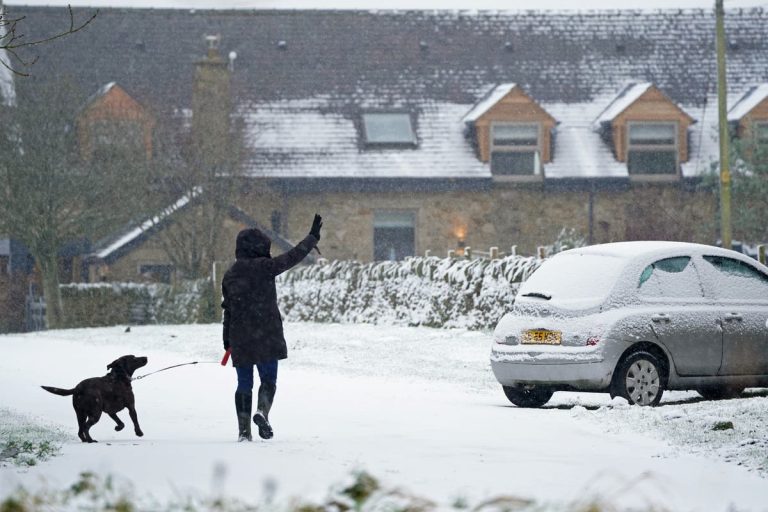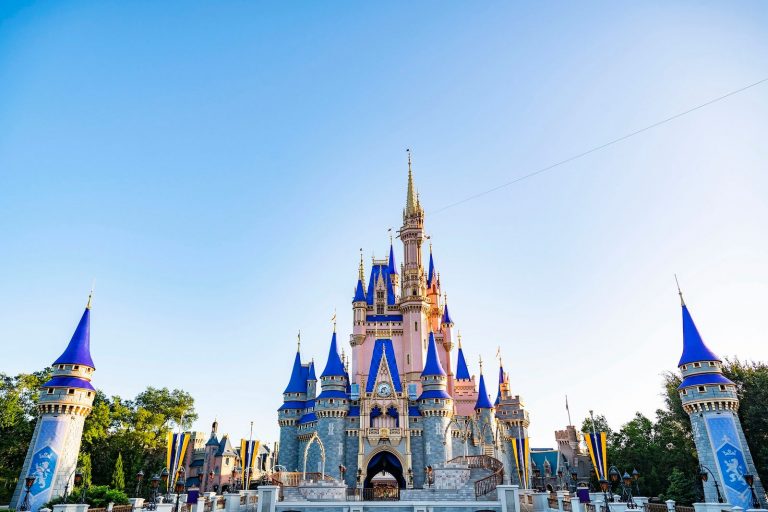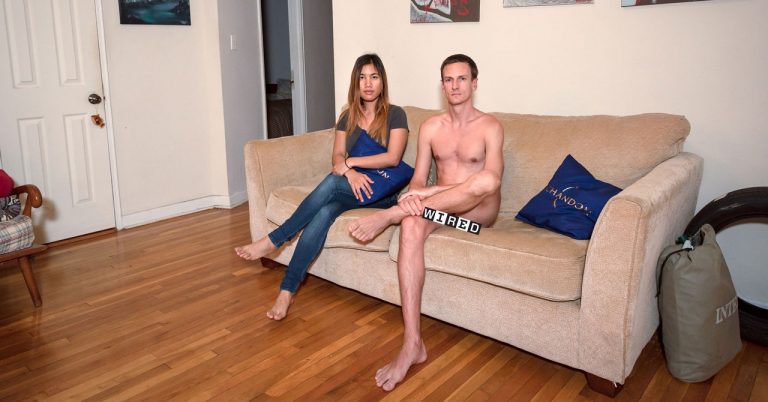The Prince of Wales has served Christmas lunch at a homeless shelter that he first visited with his mother.
Prince William has previously spoken about the profound impact of visits he made to The Passage when he was a child, and how it helped him see “outside the palace walls”.
He first visited the London-based homelessness charity more than 30 years ago with his mother, Princess Diana.
On Thursday, he served carrots and parsnips among a long line of volunteers dishing out lunch while chatting with attendees.
In a video posted to the Prince and Princess of Wales’s X account on Sunday, he was seen hugging the charity’s head chef Claudette Hawkins and saying “Come on birthday girl… I won’t ask you what birthday it is”.
Ms Hawkins is later seen explaining that “he was helping serve the lunch for the clients today”.
William is also seen congratulating a client on getting engaged.
The man was wearing a Boston Celtics basketball team Christmas jumper and asked William “have you heard, I’m getting married?”
The Prince of Wales smiled and responded: “I know, I did hear about that, and congratulations.”
The Westminster-based charity provides assistance and friendship for London’s homeless and helps them into secure accommodation.
In an ITV documentary earlier this year, William said “inspiration and guidance” from Diana had been a driving force behind his personal commitment to tackle homelessness.
He also recalled first visiting the passage with his mother, which included playing chess and chatting to people at the shelter.
“I must have been about 11, I think, probably, at the time. Maybe 10. I’d never been to anything like that before. And I was a bit anxious as to what to expect,” he said.
“I remember at the time, kind of thinking, well, if everyone’s not got a home, they’re all going to be really sad.
“But it was incredible how happy an environment it was,” he said.
“That’s when it dawned on me that there are other people out there who don’t have the same life as you do.”
In the documentary, William admitted he sometimes felt guilty about not being able to do more – and wanted to share with his own children a sense of empathy for those facing hardship.
“When I was very small, my mother started talking about homelessness, much like I do now with my children on the school run,” the prince said.
The prince has continued visiting the charity throughout his life and became its official patron in 2019.

























+ There are no comments
Add yours